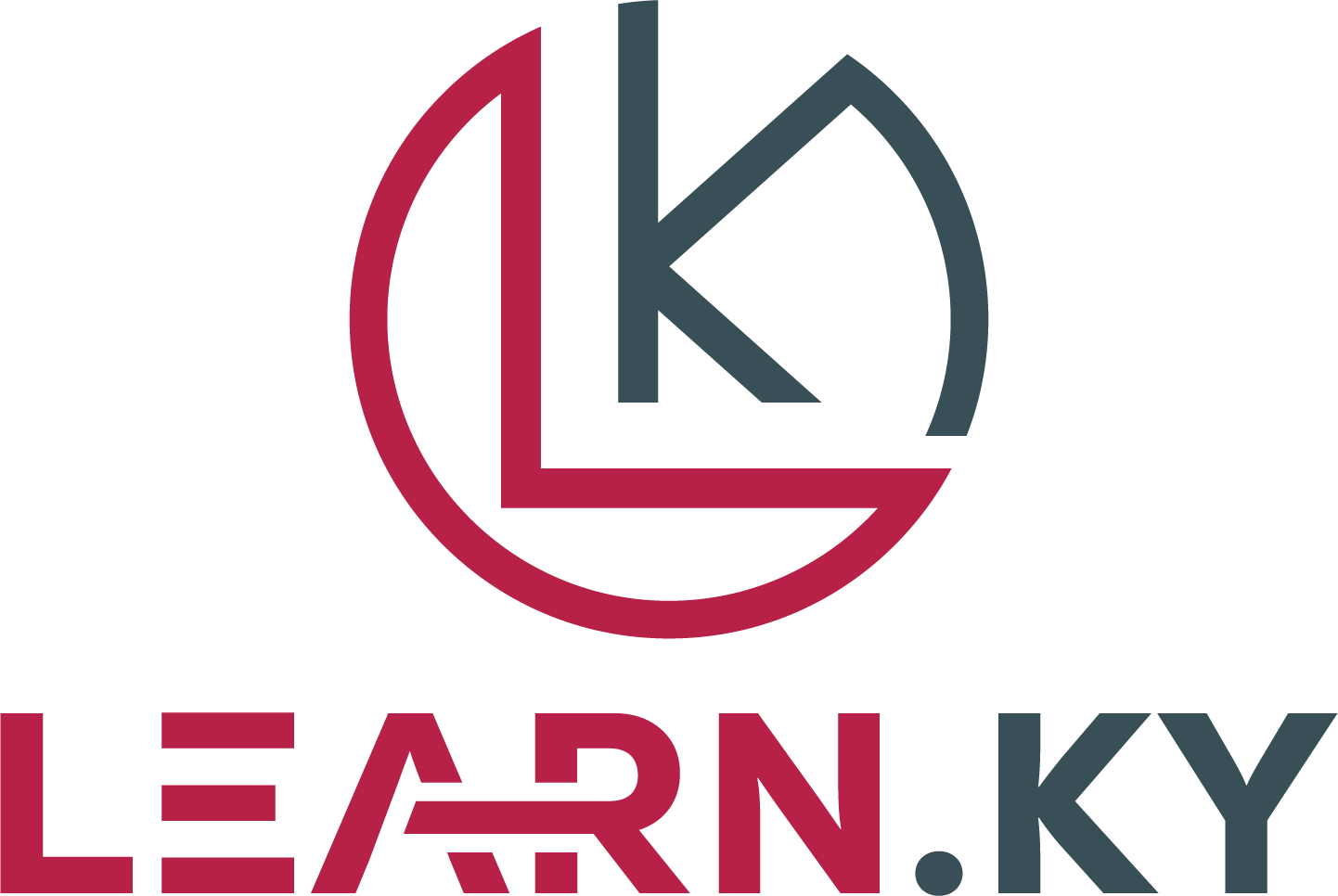The Power of Immersion
One of the key features of XR applications is their ability to immerse users in a virtual environment. Whether it’s through a VR headset or an AR app on a smartphone, XR technology has the power to transport users to new worlds and experiences. This immersion has the potential to change the way we learn, work, and play. For example, in education, students can take virtual field trips to historical sites or explore the human body in 3D, making learning more engaging and interactive. In the workplace, XR applications can be used for virtual training, simulations, and remote collaboration, breaking down barriers and enhancing productivity. In entertainment, XR opens up new possibilities for storytelling and gaming, blurring the lines between the digital and physical worlds.
The Impact on Industries
The potential of XR applications goes beyond entertainment and education. Industries such as healthcare, architecture, and manufacturing stand to benefit greatly from the adoption of XR technology. In healthcare, VR can be used for pain management, therapy, and medical training. Surgeons can practice complex procedures in a virtual environment, reducing the risk to real patients. In architecture, MR can be used to visualize and manipulate 3D models of buildings, allowing for better design and collaboration. In manufacturing, AR can provide workers with real-time information and guidance, improving efficiency and safety. The possibilities are endless, and as the technology continues to evolve, we can expect to see even more innovative applications across various industries.
Challenges and Opportunities
While the potential of XR applications is immense, there are also challenges that need to be addressed. One of the main obstacles is the need for widespread adoption and acceptance of the technology. For XR to reach its full potential, it needs to be accessible and affordable for a wide range of users. There are also concerns around privacy and data security, as well as potential health risks associated with prolonged use of VR headsets. However, as technology continues to advance, these challenges are being addressed, and the opportunities for XR applications are becoming increasingly apparent.
The Future of XR
Looking ahead, the future of XR applications is immensely exciting. As the technology becomes more sophisticated, we can expect to see even more realistic and immersive experiences. From advancements in hardware to the development of more intuitive and user-friendly interfaces, the future of XR holds great promise. With the continued integration of artificial intelligence and machine learning, XR applications will become even more personalized and adaptive, catering to the unique needs and preferences of individual users.
Conclusion
In conclusion, the future of XR applications is filled with potential and possibility. From transforming industries to enhancing the way we interact with digital content, XR has the power to reshape our world. The evolution of XR technology will continue to drive innovation and creativity, opening up new frontiers for exploration and discovery. As we move forward, it is important to continue to push the boundaries of what is possible with XR and to ensure that the technology is accessible, inclusive, and ethical. The future of XR is bright, and the possibilities are truly infinite.










